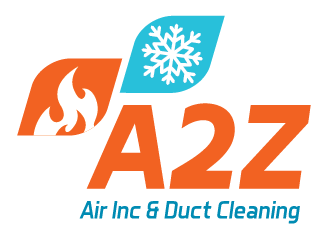
You might not think often about how your air conditioner operates, but it depends on refrigerant to keep your house fresh. This refrigerant is bound by environmental rules, as it contains chemicals.
Depending on when your air conditioner was put in, it may need R-22, R-410A or R-32 refrigerant. We’ll review the differences and which air conditioner refrigerants are being phased out in Boynton Beach, plus how these phaseouts have on influence on you.
What’s R-22 and Why Is It No Longer Being Made?
If your air conditioner was put in before 2010, it probably has Freon®. You can discover if your air conditioner uses it by reaching us at 561-270-6228. You can also examine the name plate on your air conditioner condenser, which is located outside your residence. This sticker will contain information on what model of refrigerant your AC needs.
Freon, which is also called R-22, contains chlorine. Scientists consider this chemical to be bad for the earth’s ozone layer and one that contributes to global warming. The Environmental Protection Agency, which manages refrigerants in the United States, barred its manufacture and import in January 2020.
Should I Replace My R-22 Air Conditioner?
It differs. If your air conditioning is cooling correctly, you can continue to use it. With routine air conditioner maintenance, you can expect your air conditioning to work around 15–20 years. However, the Department of Energy reports that replacing a 10-year-old air conditioner could save you 20–40% on annual cooling bills!
If you don’t install a new air conditioner, it might cause an issue if you need air conditioning repair in the future, specifically for refrigerant. Repairs could be more expensive, because only reduced amounts of recycled and reclaimed R-22 is on hand.
With the phaseout of R-22, a lot of new air conditioners now rely on Puron®. Also known as R-410A, this refrigerant was created to keep the ozone layer in good shape. As it requires a different pressure level, it isn’t compatible with air conditioners that rely on R-22 for cooling.
However, Puron still has the likelihood to contribute to global warming. As a consequence, it might also eventually be ended. Although it hasn’t been disclosed yet for residential air conditioners, it’s likely sometime this decade.
What Refrigerant Will Take the Place of R-410A?
In preparation of the end, some manufacturers have initiated using R-32 in new air conditioners. This refrigerant is classified low for global warming possibility—approximately one-third less than R-410A. And it also lowers energy consumption by approximately 10%, according to the Intergovernmental Panel on Climate Change’s Fourth Assessment Report. That’s savings that may be passed on to you through your cooling bills.
A2Z Air Inc Can Help with All Your Air Conditioning Needs
In summary, the alterations to air conditioner refrigerant probably won’t concern you a whole lot until you require repairs. But as we discussed earlier, refrigerant repairs may be more expensive because of the restricted quantities on hand.
Not to mention, your air conditioner typically breaks down at the worst time, frequently on the warmest day when we’re experiencing lots of other appointments for AC repair.
If your air conditioner relies on an outdated refrigerant or is aging, we advise installing an up-to-date, energy-efficient air conditioner. This ensures a hassle-free summer and may even lower your utility costs, especially if you get an ENERGY STAR®-rated model. Plus, A2Z Air Inc offers many financing programs to make your new air conditioner even more affordable. Contact us at 561-270-6228 to begin today with a free estimate.



